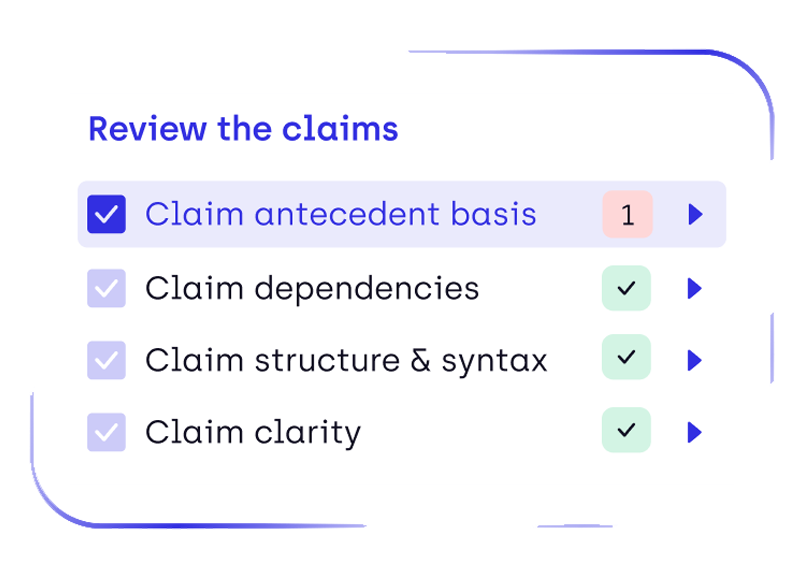In early February, U.S. Patent and Trademark Office Director Kathi Vidal issued a memorandum on practitioner conduct to the agency’s trial and appellate boards. In that memo, Director Vidal not only acknowledged the growing use of generative artificial intelligence (AI) platforms among patent practitioners but also recognized that IP lawyers can use AI drafting tools within the agency’s current code of conduct. This solid foundation should encourage more patent attorneys to consider using AI-powered patent drafting tools like davinci, which meets security standards exceeding those implemented by many government contractors.
Director Vidal Affirms AI Use Within USPTO Conduct Rules
Director Vidal’s memo to the Patent Trial and Appeal Board (PTAB) and Trademark Trial and Appeal Board (TTAB) comes weeks after the U.S. Supreme Court released the 2023 Year-End Report on the Federal Judiciary. Authored by Chief Justice John Roberts, the report focused on generative AI as the federal judiciary’s “latest technological frontier” after decades of adopting computing technologies. While acknowledging courtroom issues that have arisen during the early days of AI use, Chief Justice Roberts recognized that “many AI applications indisputably assist the judicial system in advancing [the] goals” of the Federal Rules of Civil Procedure.
Director Vidal’s recent guidance on party conduct related to the use of generative AI systems will allow patent attorneys to make more effective use of AI-powered drafting tools. The key takeaways from Director Vidal’s memo include:
Key Takeaways from Director Vidal’s AI Guidance
- Current Conduct Rules are Adequate: Although the USPTO will likely be releasing more guidance on generative AI in the months to come, Director Vidal believes that existing agency rules on practitioner conduct can address any issues in AI use.
- Attorney Review Cures Hallucinations: Court filings with improper citations are sanctionable, but those issues are easily avoided by reviewing outputs before filing. As Director Vidal noted, “simply assuming the accuracy of an AI tool is not a reasonable inquiry.”
- Method of Preparation Doesn’t Matter: Director Vidal’s guidance establishes that the use of AI-drafting tools itself is not sanctionable by the USPTO’s rules of conduct. Further guidance from the agency will focus on the applicability of the agency’s current rules, not the creation of a new regime to regulate AI-powered legal drafting tools.
This is merely the latest piece of positive news from the USPTO on the use of generative AI tools in the patent context. About a week after Director Vidal’s guidance to the PTAB and TTAB, the USPTO published examination guidance on the patentability of inventions created by generative AI. That guidance solves inventorship issues by establishing that humans inputting prompts into AI platforms should be considered the inventors of the AI-generated outputs. In a blog post accompanying the examination guidance, Director Vidal remarked that “from an examiner’s perspective, it will not matter if AI… performed actions that would rise to the level of inventorship.” This addresses legal questions that had arisen over human inventorship requirements on AI-generated inventions.
Reframing AI Skepticism in Patent Law Practice
Many patent attorneys think of generative AI tools in light of their professional career environment. Often, they hear “hallucinations” and “fictional case citations” and understandably believe that they won’t have time to adequately review and identify those issues in drafts. That legacy mindset, however, doesn’t properly consider that a tool like davinci can reduce drafting time by 50% or more, including the time that it takes to review AI-generated outputs.
Generative AI is here to augment human productivity, not replace humans altogether. As Chief Justice Roberts’ year-end report notes, there are certain discretionary contours to the practice and enforcement of the law that will require a human’s ability to reflect upon circumstances and come to a just conclusion.




.png)




